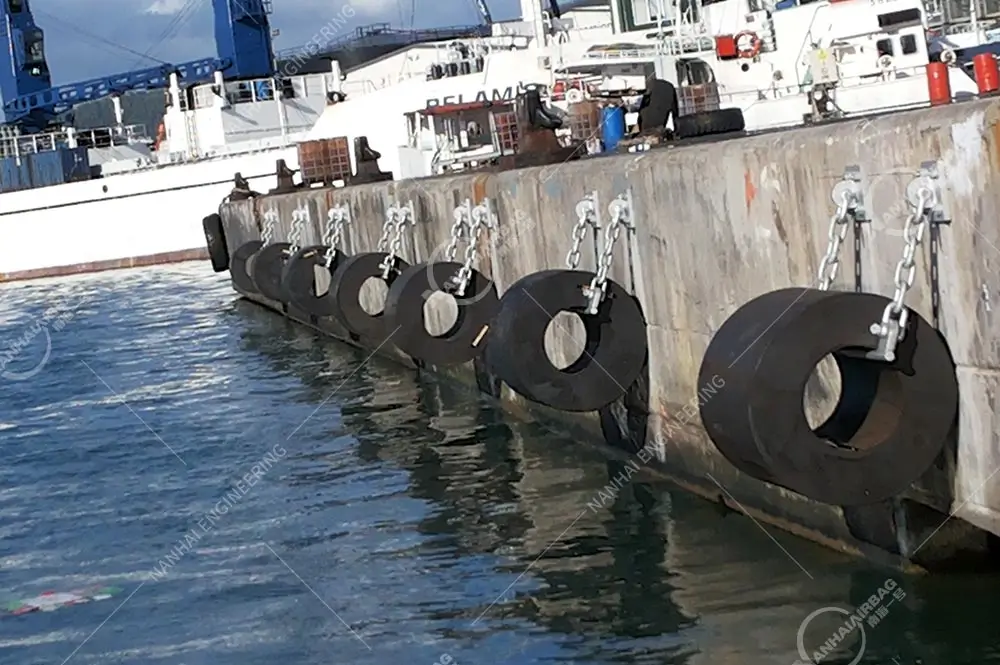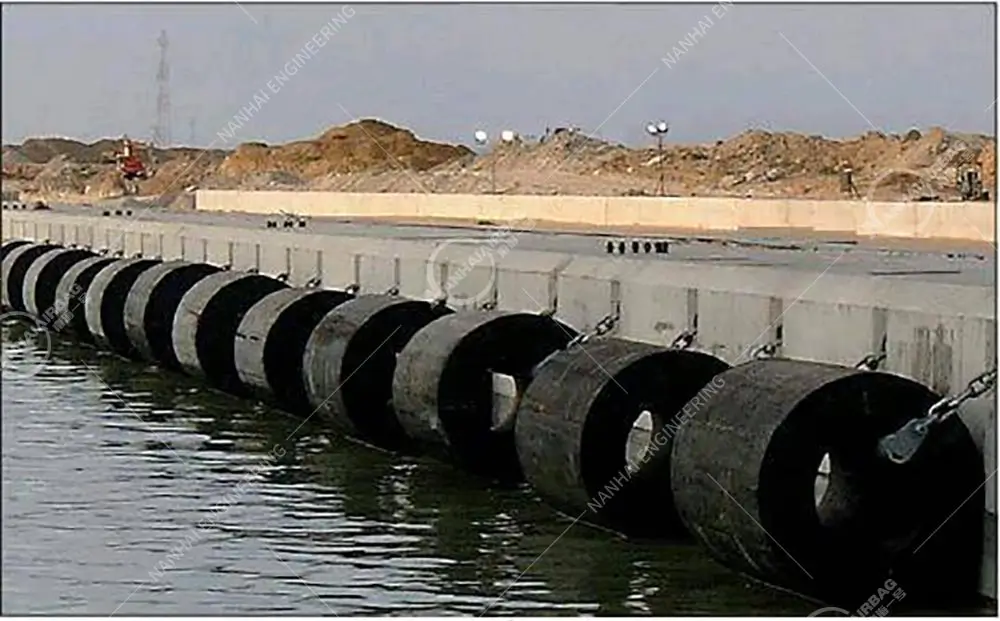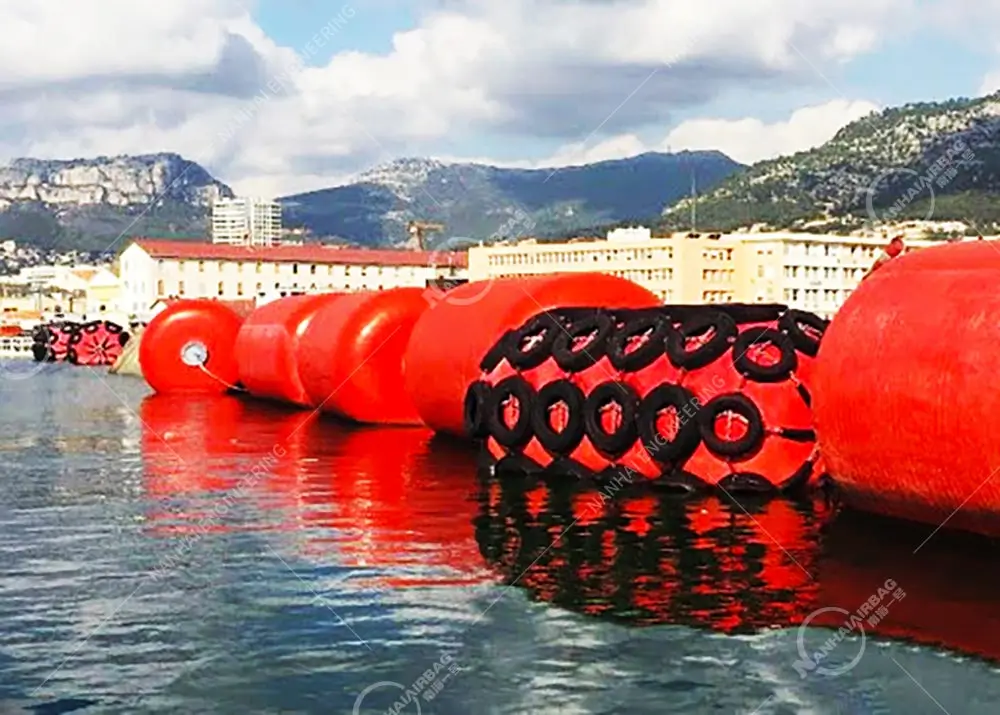Why Foam Fenders Are Better Than Rubber?
05/23/2025Solid vs. Pneumatic Marine Fenders: Which is Right for You?
05/23/2025How to Maximize the Service Life of Rubber Fenders
Rubber fenders are essential for protecting vessels and marine structures during berthing operations. To ensure their longevity and optimal performance, regular maintenance and proper usage are crucial

Regular Inspection and Maintenance of rubber fenders
Conducting routine inspections helps identify early signs of wear and damage:
- Visual Checks: Look for cracks, cuts, abrasions, or discoloration.
- Detailed Assessments: Examine internal structures for hidden damages.
- Maintenance Records: Keep detailed logs of inspections and repairs to track fender conditions over time.
Cleaning and Protection of the rubber fender
Regular cleaning prevents degradation caused by environmental factors:
- Cleaning: Remove dirt, salt deposits, and marine organisms using mild detergent and a soft brush.
- Drying: Ensure fenders are thoroughly dried to prevent moisture retention.
- Protection: Apply protective coatings to shield against UV radiation and chemicals.

Proper Installation and Usage of Rubber Fenders
Correct installation and usage prevent premature wear:
- Installation: Ensure proper alignment and secure attachment to avoid stress concentrations.
- Usage Conditions: Avoid overloading and excessive impacts that exceed design capacity.
Addressing Common Issues
Be proactive in identifying and addressing common fender problems:
- Cracking and Abrasion: Inspect regularly and repair promptly to prevent further damage.
- Delamination: Replace fenders showing separation of rubber layers.
- Chemical Degradation: Protect fenders from exposure to harmful substances.
- Marine Growth: Clean fenders to remove organisms that can accelerate degradation.

Maintenance Schedule
Implement a structured maintenance schedule:
- Initial Check: Assess condition upon installation.
- Daily Checks: Monitor for visible damages or deterioration.
- Periodic Checks: Conduct thorough inspections at regular intervals.
- Occasional Checks: Inspect after unusual events like storms or collisions.
Importance of Anchors
Anchors play a vital role in fender performance:
- Regular Inspection: Check for rust and structural integrity.
- Maintenance: Ensure anchors are in good condition to prevent fender failure.

Foam-Filled Fenders: A Low-Maintenance Alternative
Foam-filled fenders offer durability with minimal upkeep:
- Construction: Made with closed-cell foam core and reinforced outer skin.
- Advantages: Resistant to punctures, unsinkable, and require no inflation.
- Maintenance: Periodic inspections and cleaning suffice to maintain performance.

People Also Ask
What are the benefits of foam-filled fenders over rubber fenders?
Foam-filled fenders are unsinkable, require less maintenance, and are more resistant to harsh marine environments compared to traditional rubber fenders.
How often should marine fenders be inspected?
Marine fenders should undergo daily visual checks, periodic detailed inspections, and additional assessments after unusual events to ensure their integrity.
Can damaged rubber fenders be repaired?
Minor damages can be patched, but severe issues like delamination often require fender replacement to maintain safety and performance.
What factors affect the lifespan of rubber fenders?
Environmental exposure, frequency and intensity of impacts, maintenance practices, and proper installation all influence the service life of rubber fenders.
Conclusion
Maximizing the service life of rubber fenders involves regular inspections, proper cleaning, correct installation, and timely repairs. Considering foam-filled fenders can also be a strategic choice for operations seeking low-maintenance solutions. By implementing these practices, marine operations can ensure safety, efficiency, and cost-effectiveness.
